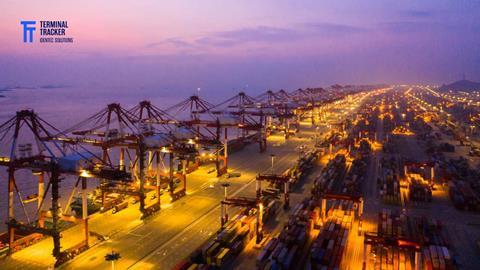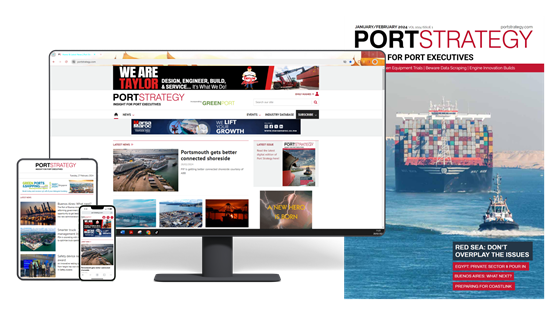Ports have a vital role to play in the global supply chain, handling huge volumes of trade daily.

In order to keep up with the ever-increasing demand, ports must ensure that their operations are both efficient and safe. Position detection systems can help automate and optimize container handling processes, providing greater safety as well as improved efficiency.
Port automation is the use of technology to automate port operations, thus making them faster, safer and more efficient. Automation can be used to improve various aspects of port operation, such as vessel navigation and berth assignment, cargo tracking and inventory management, container handling, traffic control and safety protocol enforcement. Port automation allows for increased visibility into processes and enables better decision-making in real-time based on data collected from across multiple locations. Furthermore, it streamlines operations by reducing manual labour costs while increasing throughput and productivity. Position detection systems are a key component of port automation as they allow for the automatic tracking of containers throughout the terminal area, ensuring that vessels arrive at their destination safely and quickly. All these technologies have helped ports become more competitive in today’s global economy. With the right technology and data management, ports can realize their full potential and become leaders in the shipping industry.
In order to maintain the tight schedule of the global logistics chain participants, it is important that container handling is done safely and without delays. A position detection system can be used in a container port to help with this.
The benefits of container position determination systems are clear. Automation of the movement of containers within the port eliminates human error and reduces the potential for accidents or damage to goods in transit. It also enables more efficient operations, allowing larger volumes of cargo to be handled more quickly and with greater precision without waiting for manual labour. This increases productivity and reduces costs, resulting in higher profits for the port operator. Furthermore, by tracking the location and status of each container at all times, security is improved, as any suspicious activity can be detected immediately. All these benefits make a position detection system an essential part of running a successful port operation.
Position determination systems allow ports to optimize their operations by automatically determining the position of each container. This can be achieved in several ways, including using global navigation satellite system (GNSS) technology, visual recognition systems such as cameras, and RFID tracking tags. GNSS technology combines the signals from multiple satellites to determine a precise location anywhere on Earth. Visual recognition systems use cameras or other sensors to locate containers based on shape and colour. RFID tracking tags are attached to vehicles, providing accurate, real-time information about the position of moving containers. These technologies help ensure that containers are located quickly and accurately during loading and unloading operations, saving time and costs associated with manual scanning or missing containers. In addition, these technologies can be used to monitor the location of containers and alert operators to potential safety risks. By providing accurate and up-to-date information on the location of containers, ports can better optimize their operations and maximize efficiency.
In short, the automation of container terminals is continuing as efficiency, competitiveness, and rising global standards are the main drivers. New terminals are already designed as automated container terminals because no running operations can be obstructed. Existing terminals must be retrofitted cautiously and step-by-step, avoiding stoppage of operations and a misbalance of efficiencies between terminal areas.
Takeaway
A position detection system can be used to automate the process of container handling at ports. This helps improve operational efficiency and reduce the risk of delays and accidents. The position detection system tracks the movement of containers within the port area in order to ensure that they are handled safely and efficiently. Ultimately, this helps to improve the flow of goods within the supply chain, saving energy and reducing pollution and port congestion. Read more about PDS and Port Automation in our latest whitepaper!















